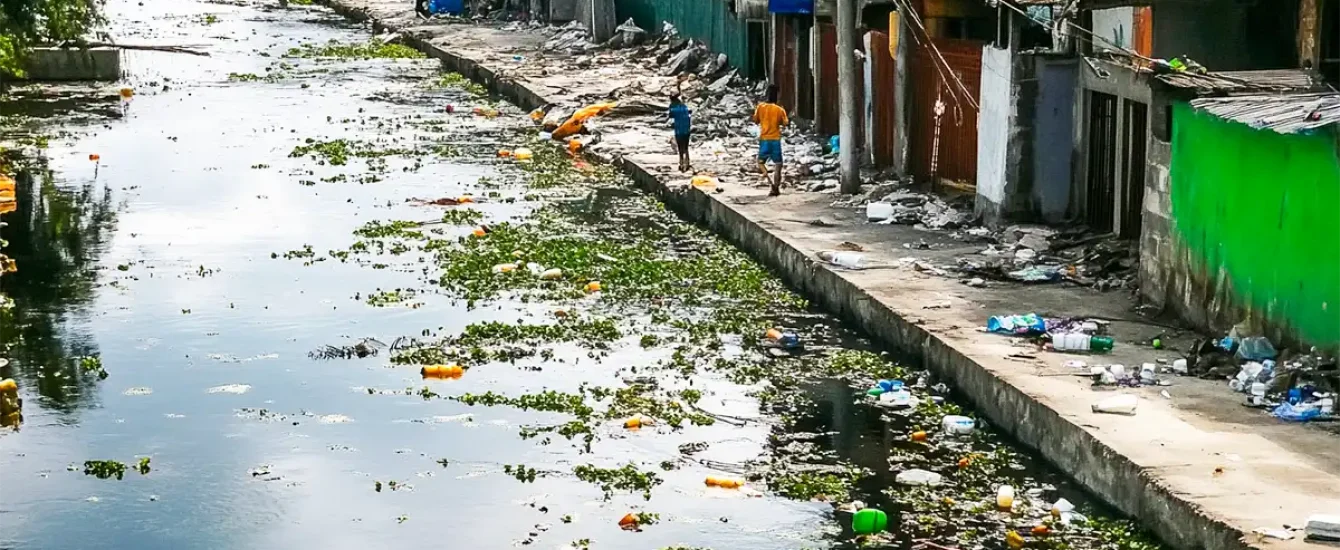WOSP 360 WATER
Climate change, scarcity and polluted water are destroying life on Earth.

WOSP360 WATER
There is a way out of the mess we have made after adding trillions of tonnes of 600-million-year-old gas and toxic substances to the surface of the planet, and we are already living the consequences of overharvesting natures resources we are now facing “nature hitting back on us” with its destructive to human lives, the climate change. As experts, we recognise the only way out of this mess is preventing and avoiding those human activities damaging the natural circulation of molecules by strengthening the global photosynthetic processes, which is the natural way of releasing more freshwater molecules from carbon dioxide emissions and by increasing the process of adding more fresh water to nature by using Atmospheric Water Generators or AWG technology to flush nature clean again.
What we know for sure is that carbon credits are not working in their current form, that carbon mitigation will not work and Carbon Capture and Storage will not work as they are not releasing oxygen, fresh water, or carbohydrates for fruits and vegetable growth; it’s too late for all of today’s political fixers and green business models harvesting green dollars as we haven’t even started to reduce emissions, they keep increasing year over year and likely will the next decade.
Even if we achieve “net zero” tomorrow knowing embodied carbon is another fake solution, carbon dioxide concentrations will still pass 500 ppm, ocean acidification will still drop below pH 7.95, and we lose most life in the oceans and the life support system for the planet, as well as the primary mechanism that regulates climate change now full of plastics.
We have already destroyed over 70% of all life on Earth since 1970, meaning we eradicated over 50.000 species and millions of biodiverse life evolving on planet Earth over 2,6 billion years. We have probably been close to 90% since 1900. We are part of nature, and we all depend upon nature for our collective survival; if this is not soon recognised as a global priority based upon all scientific evidence not become active politics forming all business, most of the current species and life left in 2024 will likely be gone in 50 years.

Urban Water Scarcity & Drought
- The Global Trend in Urbanization
The world is undergoing rapid urbanisation, significantly shifting from rural to urban. From 1950 to 2020, the global urban population surged from 0.8 billion (29.6% of the total population) to 4.4 billion (56.2%). Projections suggest this trend will continue, with the urban population expected to reach 6.7 billion (68.4%) by 2050. This unprecedented urban growth poses substantial challenges, particularly regarding resource management and environmental sustainability.
- Water Scarcity: A Growing Concern
Water scarcity is a critical issue impacting urban areas worldwide, defined as the condition where water demand exceeds available supply. It affects urban health, environmental quality, and socioeconomic development. Currently, a significant portion of the global urban population faces water scarcity, which is expected to intensify due to a combination of factors:
- Population Growth: The burgeoning urban population will drive a 50–80% increase in water demand over the next three decades.
- Climate Change: Shifts in climate will alter the spatial distribution and timing of water availability, exacerbating water scarcity issues.
- Economic Development: As cities expand economically, water consumption patterns change, often increasing demand for water resources.
The interplay between these factors poses a significant risk to achieving the United Nations Sustainable Development Goals (SDGs), particularly SDG11 (Sustainable Cities and Communities) and SDG6 (Clean Water and Sanitation).
- Traditional Approaches to Urban Water Scarcity
Historically, urban water scarcity has been addressed through engineering and infrastructure solutions:
- Reservoirs: These are constructed to store excess water during periods of abundance and supply it to urban areas during shortages.
- Desalination Plants: Particularly useful for coastal cities, these plants convert seawater into freshwater, providing a vital supply source.
- Inter-basin Water Transfer: This method involves transferring water from regions with surplus to areas facing deficits.
While effective to some extent, these solutions have limitations:
- Cost and Resources: Building and maintaining water infrastructure requires substantial financial investment, human resources, and energy.
- Geographical and Environmental Constraints: The effectiveness of infrastructure solutions is often limited by geographic location and environmental impacts.
- Reverse osmosis dumps its acidic and high metal content back into the oceans, adding further problems to the already stressed oceans. The drinking water it delivers is also poor in important minerals, which our body needs to function. Doctors often prescribe these minerals as food supplements or medical metals and minerals.
- Gaps in Existing Studies
Previous research on urban water scarcity has had limitations, such as:
- Limited Scope: Many studies focused only on large cities or specific regions, missing a global perspective.
- Partial Analysis: Some studies examined only water availability without considering water withdrawals.
- Future Projections: Few studies provided comprehensive future projections of urban water scarcity.
For instance, Flörke et al. assessed only a fraction of global cities, and McDonald et al. considered only water availability. This has led to significant uncertainties in urban water scarcity’s current and future extent, with estimates varying widely.
- The Need for Comprehensive Assessment
To address urban water scarcity effectively, a comprehensive assessment is essential. This involves:
- Quantifying Current and Future Scarcity: Assessing the global urban population facing water scarcity in 2016 and projecting future scenarios for 2050 under various socioeconomic and climate scenarios.
- Evaluating Potential Solutions: Investigating the feasibility of solutions like groundwater exploitation, seawater desalination, improved water-use efficiency, and urban landscape management.
- Results and Implications
In 2016, approximately 933 million urban residents (32.5% of the urban population) lived in water-scarce regions. This includes 359 million experiencing perennial water scarcity and 573 million facing seasonal shortage. India and China were identified as having the most extensive urban populations affected by water scarcity.
Implications for the Future
Addressing urban water scarcity requires a multi-faceted approach. Investment in infrastructure alone is insufficient; understanding the feasibility of various solutions in the context of specific urban environments is crucial. Integrating advanced planning, technological innovation, and sustainable practices will be vital to mitigating the impacts of water scarcity and ensuring the resilience and liveability of urban areas.
